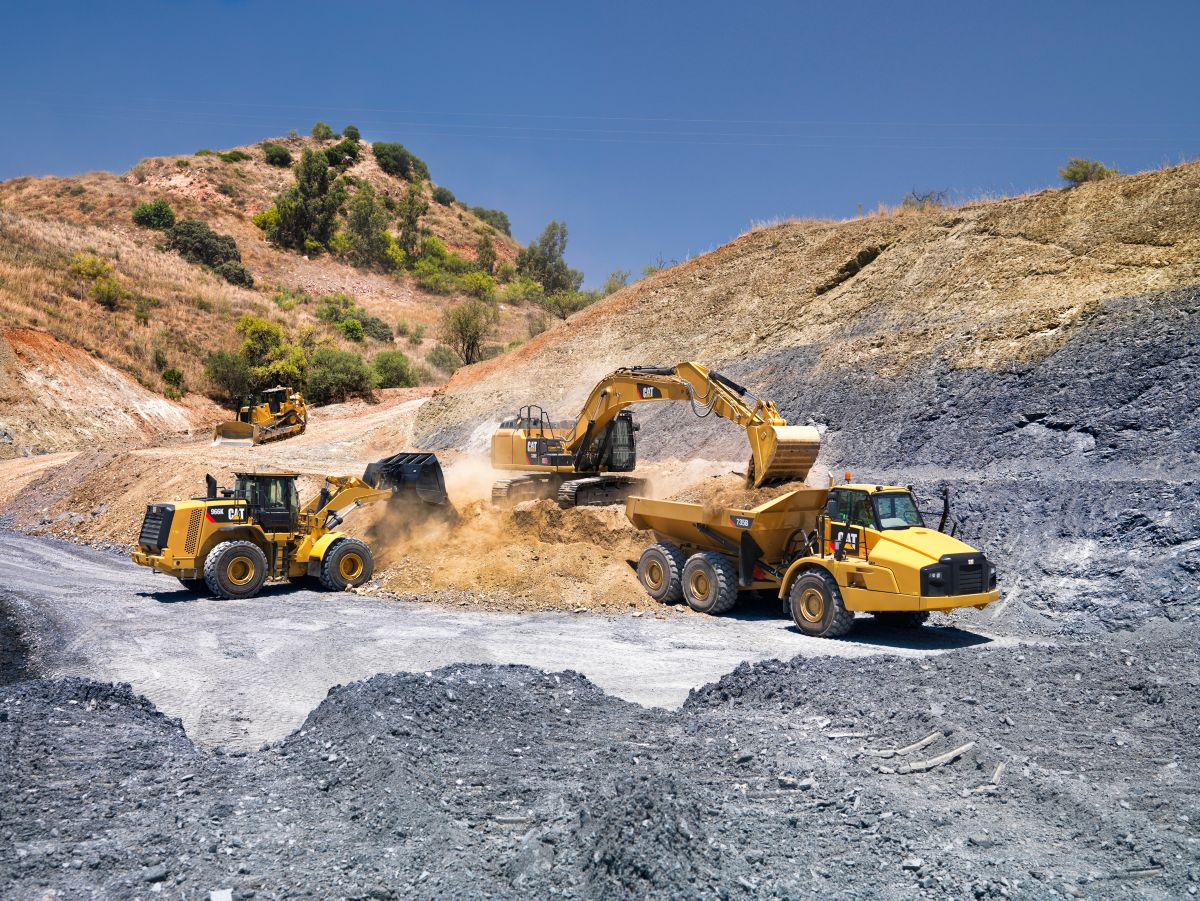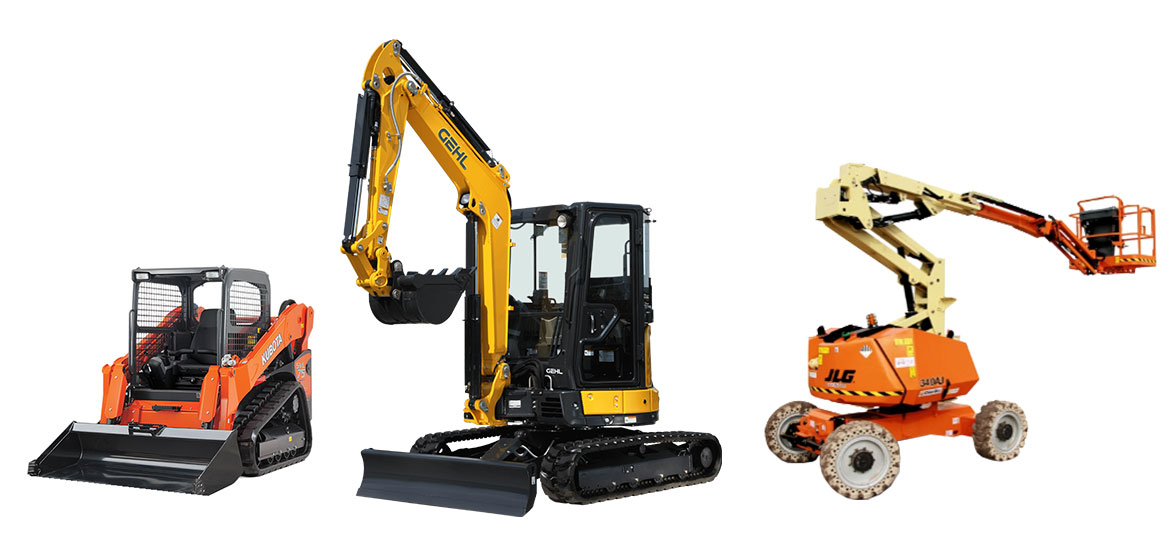Maximize Your Budget by Understanding the Costs Linked With Building Tools Leasings
Comprehending the full range of prices associated with building and construction tools leasings is crucial for maximizing your budget plan. What techniques can be used to successfully manage these prices and guarantee an extra reliable rental experience?
Overview of Rental Costs
When taking into consideration building tools rentals, comprehending the linked prices is critical for efficient budgeting and task planning. Rental expenses can differ considerably based upon numerous aspects, including equipment type, duration of leasing, and place. The initial rental cost usually reflects the tools's market demand and its connected functional abilities, affecting the overall cost.
In enhancement to the base rental rate, ancillary costs may arise, such as transportation charges, gas surcharges, and upkeep costs. It is necessary to account for these additional costs to accurately analyze the overall price of renting tools. The rental period can affect pricing; longer rentals may qualify for discounted prices, while short-term rentals could incur higher everyday costs.

Breakdown of Rental Rates
A detailed understanding of rental rates is important for service providers and project supervisors intending to optimize their budget plans. Rental prices for building devices typically contain numerous parts, including base prices, time-based charges, and usage fees.
Base prices are the core costs connected with the rental of the tools, typically identified by the kind and size of the machinery. These rates can vary significantly, influenced by elements such as equipment demand, availability, and local market trends. Time-based fees, which might be daily, weekly, or monthly, offer to accommodate different job timelines and rental durations.
In addition, rental prices may consist of use costs, which are suitable when equipment is used past a specified threshold, guaranteeing that the rental business can account for damage. Seasonal demand changes can also impact rental prices, with peak building seasons usually commanding higher rates.
In addition, recognizing the rental company's policies concerning upkeep and insurance policy can supply more understanding right into the overall cost structure. By assessing these components, service providers can make enlightened choices, guaranteeing the selection of rental tools aligns with both job requirements and spending plan restraints.
Added Charges to Consider
Comprehending the details of additional charges is crucial for specialists to handle their overall rental expenditures properly. Beyond the conventional rental prices, different supplemental costs can considerably affect the overall expense of equipment rental. These charges often consist of distribution and pick-up fees, which can vary based on distance and logistics included in carrying the equipment to and from the task site.
Additionally, some rental business may enforce gas surcharges if the equipment is returned with much less fuel than when rented. It is likewise vital to recognize prospective cleaning charges, particularly for customized devices that requires this content thorough maintenance after use.

Completely examining the rental arrangement and clarifying these additional costs in advance can help professionals guarantee and stay clear of unexpected costs that budget plans stay undamaged throughout the task lifecycle.
Upkeep and Repair Work Costs
Regular repair and maintenance expenses are usually neglected aspects that can considerably influence the general cost of building and construction equipment leasings. When leasing tools, it is critical to consider not just the rental charges yet also the possible prices related to keeping the equipment in optimum operating condition.
Numerous rental business consist of basic upkeep as component of the rental agreement; construction equipment list nevertheless, extra extensive repairs or unforeseen malfunctions can result in extra costs. It's vital to examine the rental contract meticulously to comprehend what maintenance services are covered and what responsibilities fall on the tenant.
Additionally, devices that is not well-kept can bring about ineffectiveness on duty site, possibly causing hold-ups and enhancing task expenses. To alleviate these dangers, it is advisable to carry out normal assessments and preserve open interaction with the rental company concerning any type of problems that develop throughout use.
Insurance and Liability Costs
Insurance and responsibility expenses are important components that can significantly impact the total cost of building and construction tools services (rental company near me). These expenses make certain that both the rental business and the client are safeguarded from prospective economic losses arising from accidents, damages, or theft throughout the rental duration

In addition, customers ought to know any kind of deductibles or exemptions in the insurance plan, as these can influence prospective out-of-pocket expenses. Understanding the conditions of any kind next of insurance protection is essential to avoid unanticipated costs. Ultimately, budgeting for insurance and obligation costs can aid ensure a smoother rental experience and safeguard versus financial risks related to construction jobs.
Conclusion
In verdict, a detailed understanding of the expenses associated with building tools leasings is vital for efficient budget plan administration. Eventually, notified decision-making regarding tools services adds to the overall success of building and construction undertakings.
Rental prices can vary significantly based on a number of elements, including tools kind, duration of leasing, and area (rental company near me). The rental duration can influence pricing; longer leasings may certify for reduced rates, while temporary rentals could sustain greater everyday fees
By carrying out extensive research study and engaging with reliable rental business, contractors can properly navigate the intricacies of rental rates, ultimately maximizing their financial resources.
Beyond the typical rental prices, numerous additional costs can considerably affect the complete expense of devices service. Rental business usually offer obligation insurance policy that covers injuries to 3rd events or damages to residential property, while equipment damage insurance policy can cover the cost of fixings or replacement if the rented out tools is harmed.